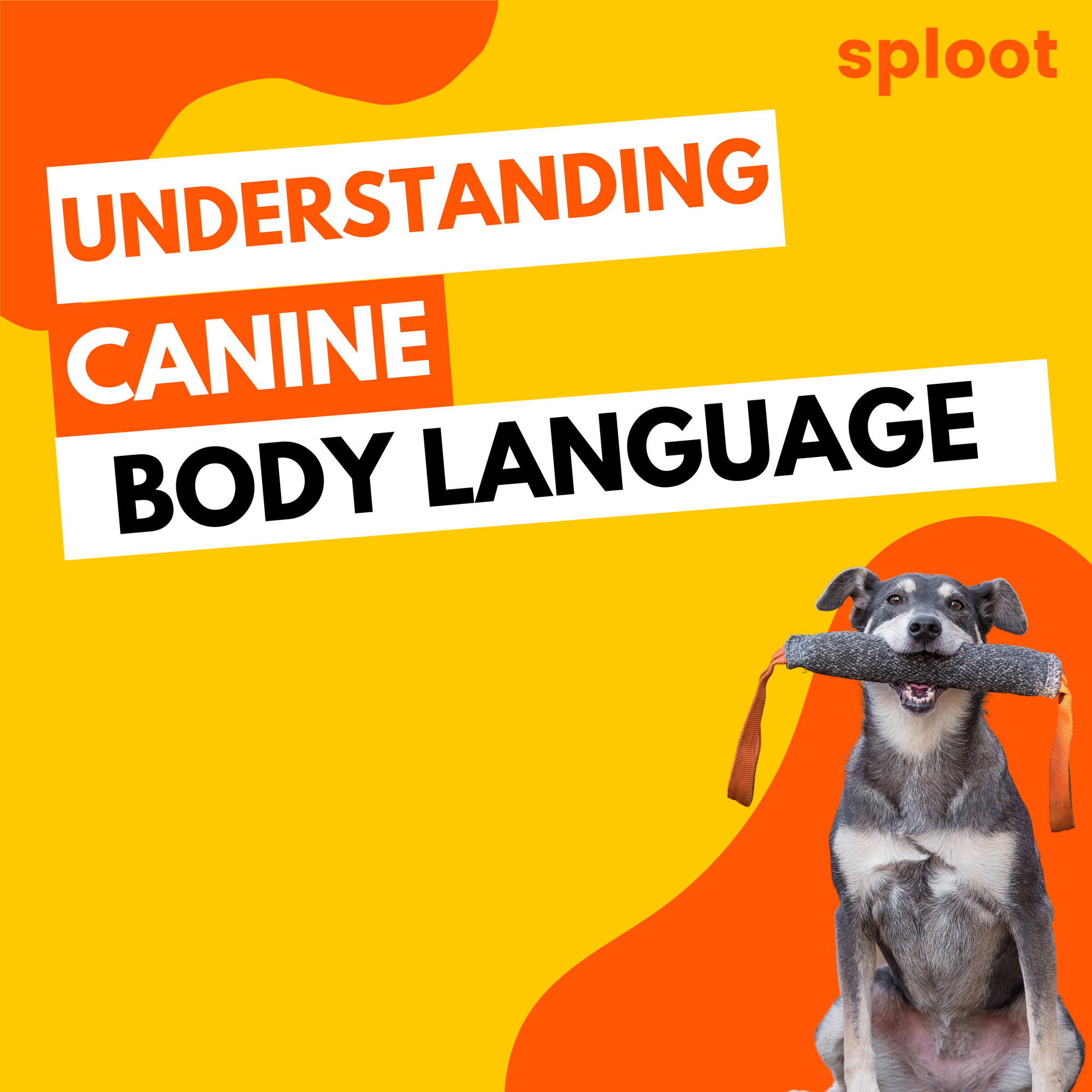Understanding Canine Body Language

Dogs communicate primarily through body language. For pet owners and dog lovers, understanding these non-verbal cues is essential. It deepens the bond between you and your dog, ensures safety, and helps in addressing their needs effectively.
Why Understanding Dog Body Language is Important
- Enhances Bonding: Understanding your dog's body language strengthens your relationship. It enables you to respond more appropriately to their needs and emotions.
- Prevents Misunderstandings: Misinterpreting a dog’s body language can lead to inappropriate responses, potentially escalating a situation.
- Ensures Safety: Recognizing signs of fear, anxiety, or aggression in dogs can prevent bites or other harmful situations.
- Aids in Training: Effective training relies on reading your dog’s responses and adjusting accordingly.
- Health Monitoring: Changes in body language can be early indicators of health issues.
Key Dog Body Language Cues and Their Meanings
- Tail Wagging: While often associated with happiness, tail wagging can also indicate anxiety, insecurity, or aggression. It’s important to consider the tail's position and movement. A relaxed, wagging tail usually means a happy dog, whereas a stiff, high tail might signal alertness or aggression.
- Ears Position: Ears forward can indicate interest or alertness, while ears back often suggest fear, submission, or friendliness, depending on the context.
- Eye Contact: Direct, prolonged eye contact can be perceived as a challenge or threat in the dog world. Conversely, averting eyes can signify submission or discomfort.
- Mouth and Facial Expressions: A relaxed, open mouth often means a relaxed dog. However, bared teeth, especially with a stiff body, indicate aggression. Yawning can signal stress or anxiety, not just tiredness.
- Body Posture: A stiff, still body often means a dog is tense. A playful bow (front end down, back end up) is an invitation to play. A cowering or tucked tail can indicate fear.
- Vocalizations: Growling, barking, whining, and howling can have varied meanings depending on context and body language. For instance, growling can be a warning or a sign of playfulness.
Here is a diagram which talks about the different body language cues you should look out for :-

Understanding your dog’s body language is a valuable skill that improves your relationship with your pet and ensures their well-being. Paying close attention to these non-verbal cues will help you respond more effectively to your dog's needs and emotions. Remember, each dog is unique, so it's important to observe and learn the specific body language cues of your canine companion.
